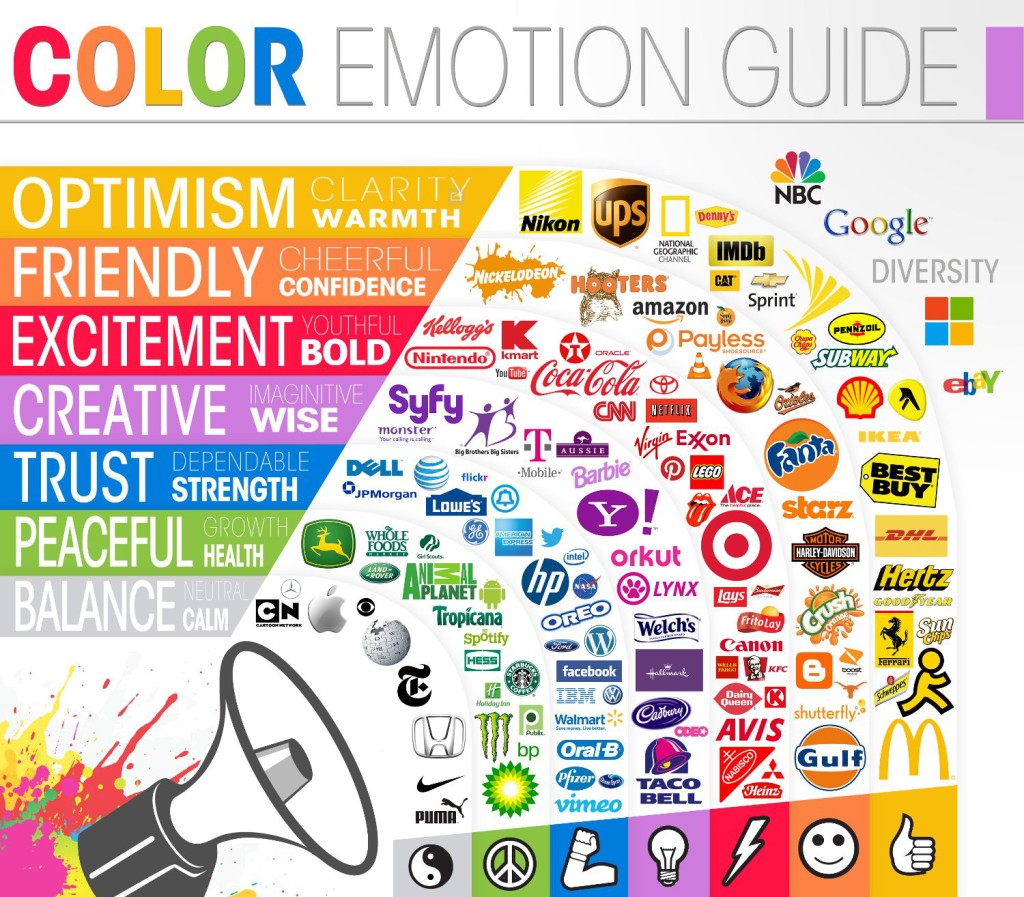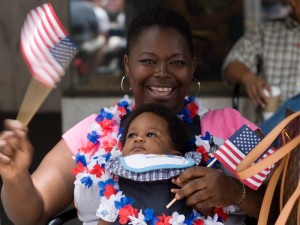Research has proven that color affects our moods and emotions, but how much influence do they really have?
If you’re developing a logo, think carefully about what colors you choose, and what you’re trying to say. Color choice is one of the most important considerations when it comes to producing a professional-quality logo, so be sure to give it the attention it deserves.

 A new study finds that an individual’s use of facial expressions, such as smiles, is related to the migratory history of where they’re from. More specifically, the recent research suggests that if you come from a country of immigrants, you’re more likely to crack a friendly smile on the street.
A new study finds that an individual’s use of facial expressions, such as smiles, is related to the migratory history of where they’re from. More specifically, the recent research suggests that if you come from a country of immigrants, you’re more likely to crack a friendly smile on the street.